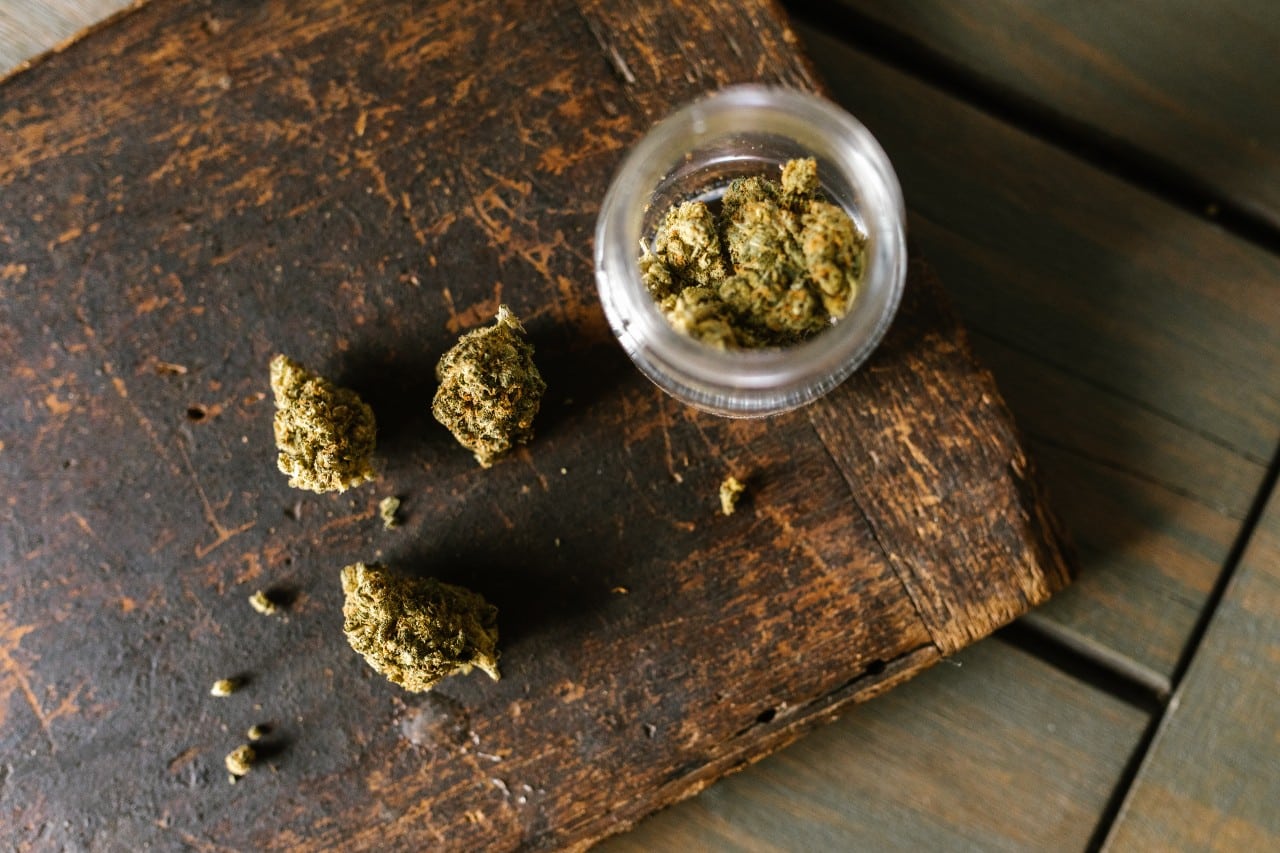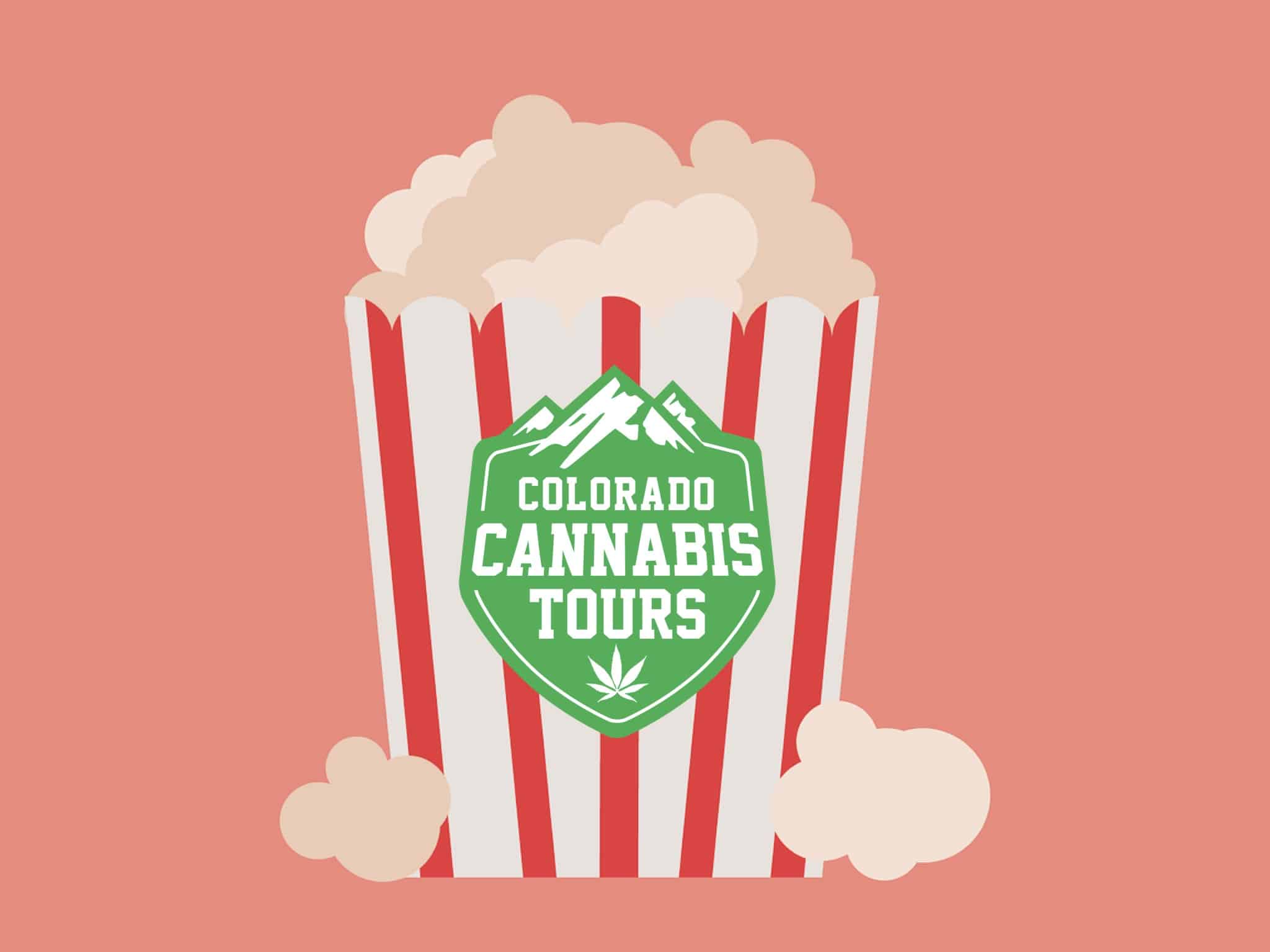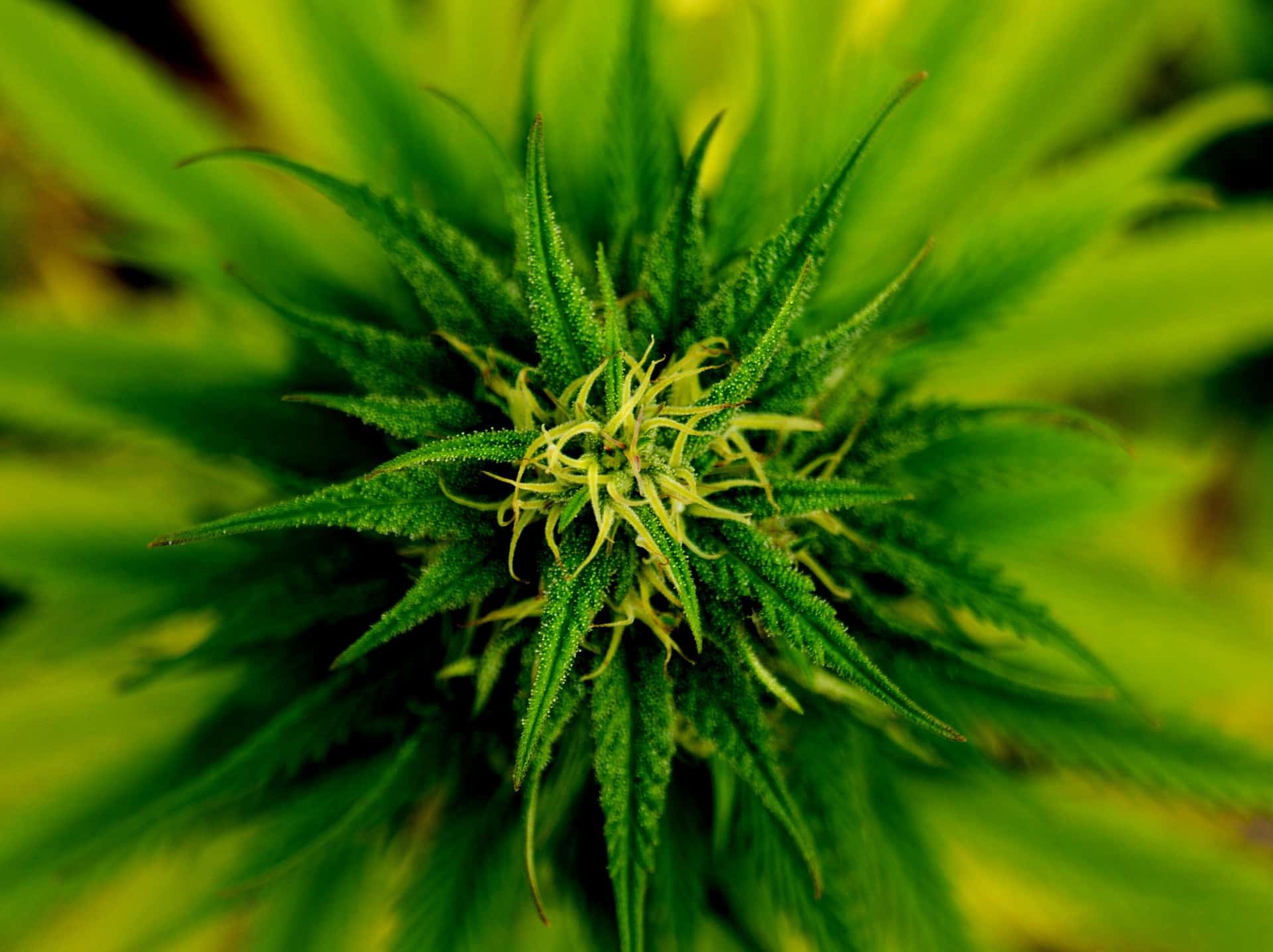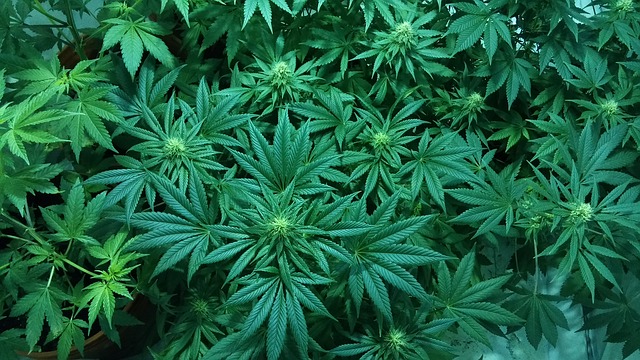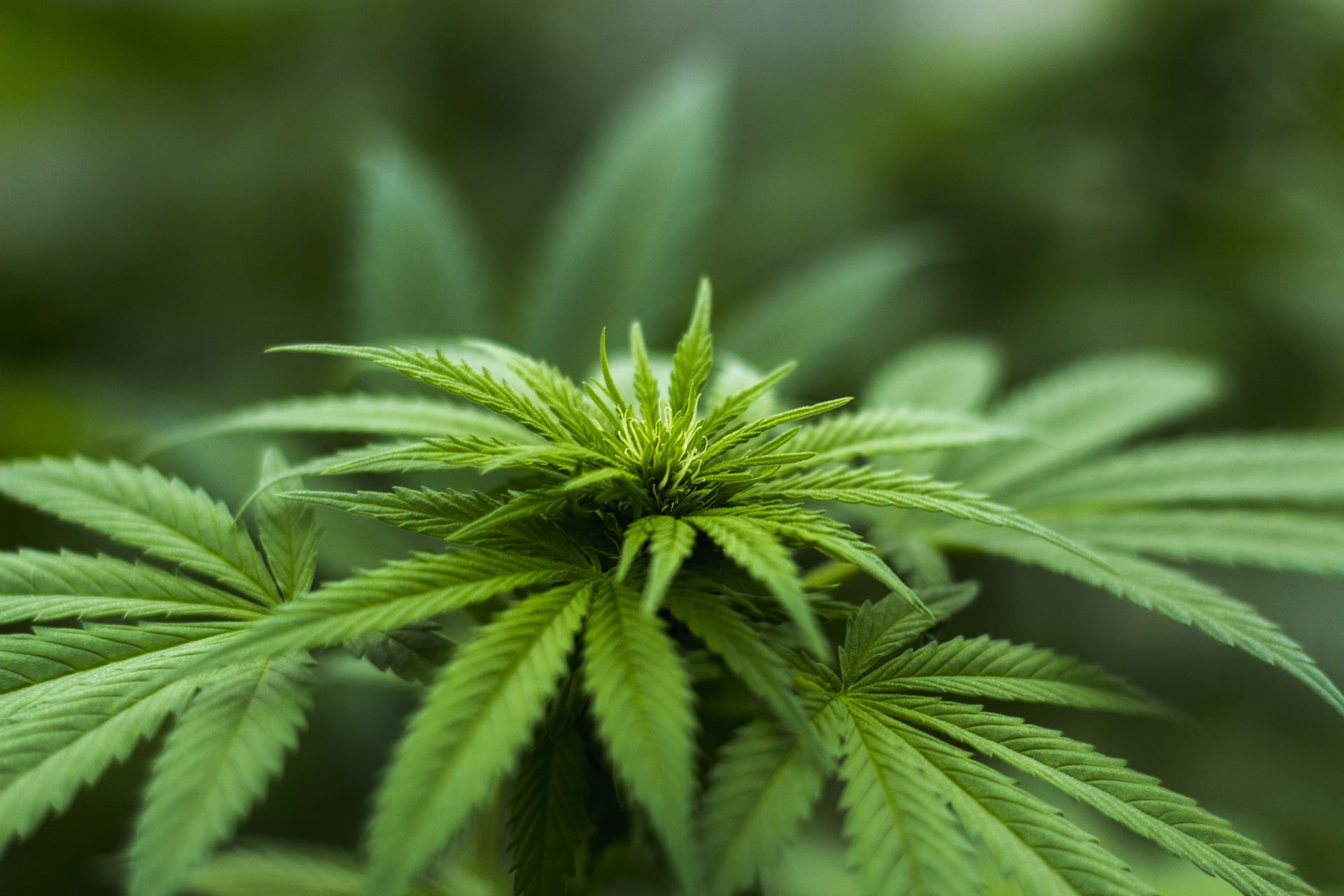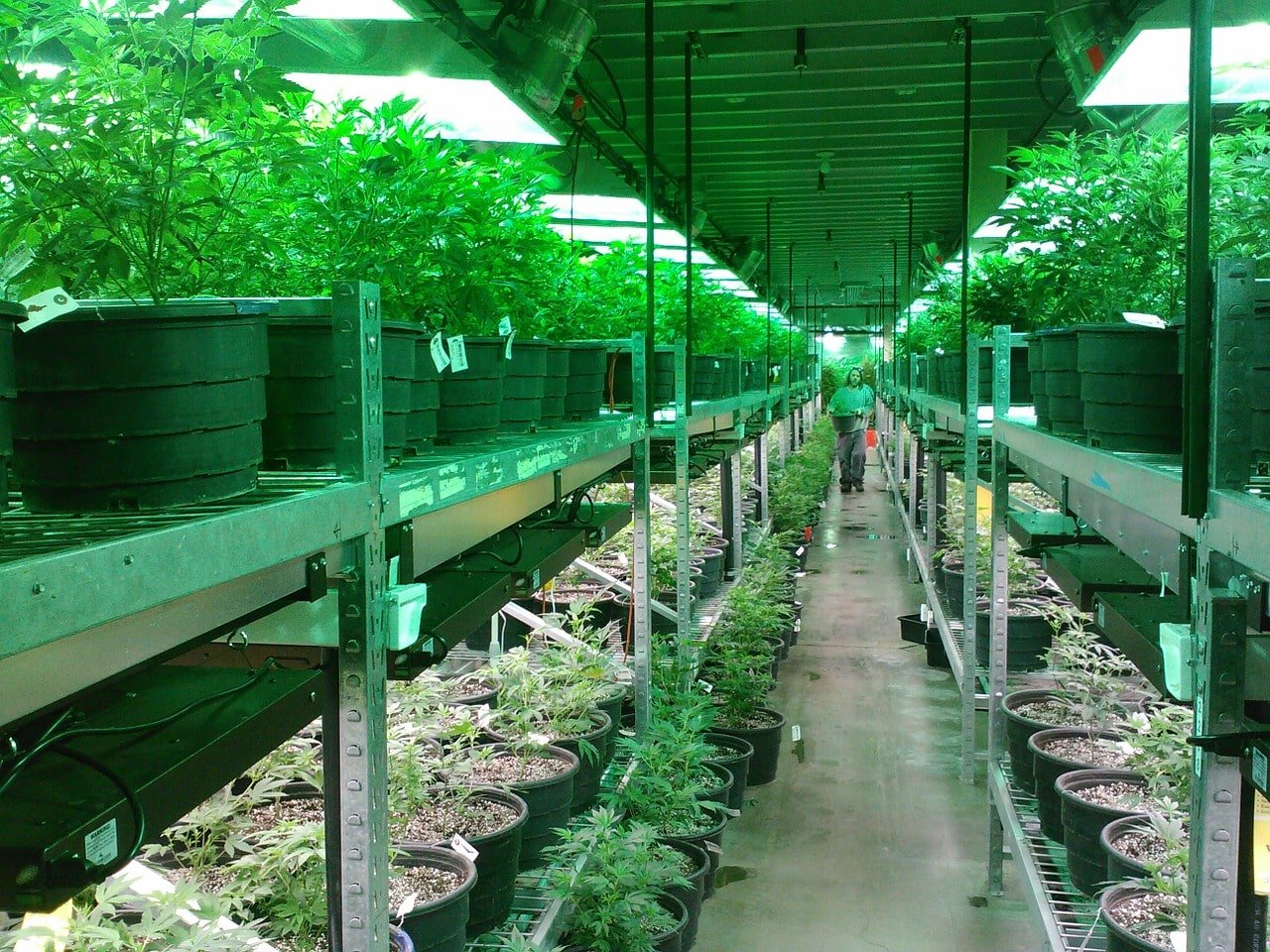Does Marijuana Go Bad? Learn How to Store Cannabis Properly
Cannabis pricing structures tend to incentivize bulk purchases. Customers willing to buy more significant quantities are typically rewarded with a lower (sometimes significantly lower) price per gram. And, now that legalization has allowed many people to grow their own cannabis at home so there are more reasons than ever to have large quantities of everyone’s … Keep reading..

